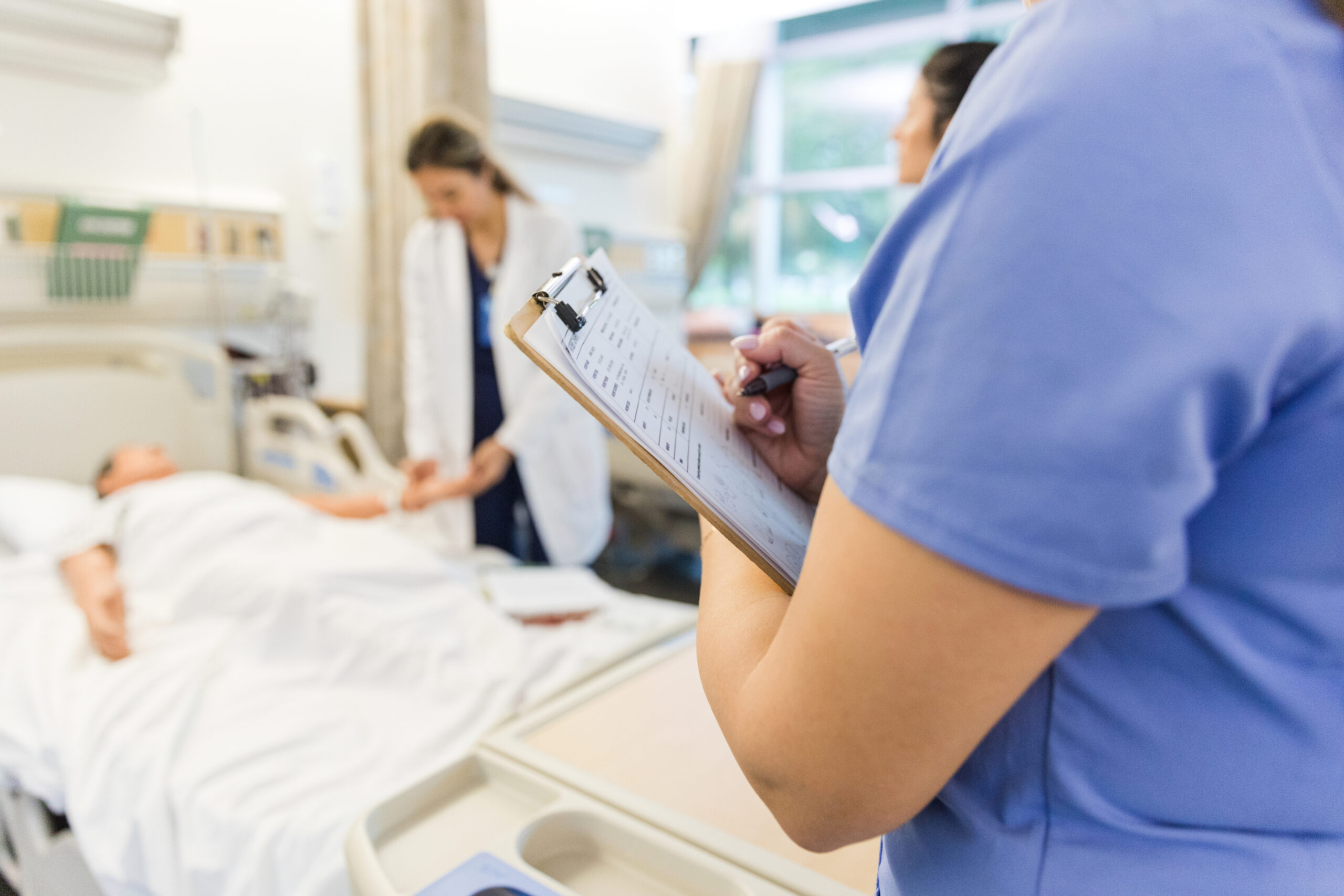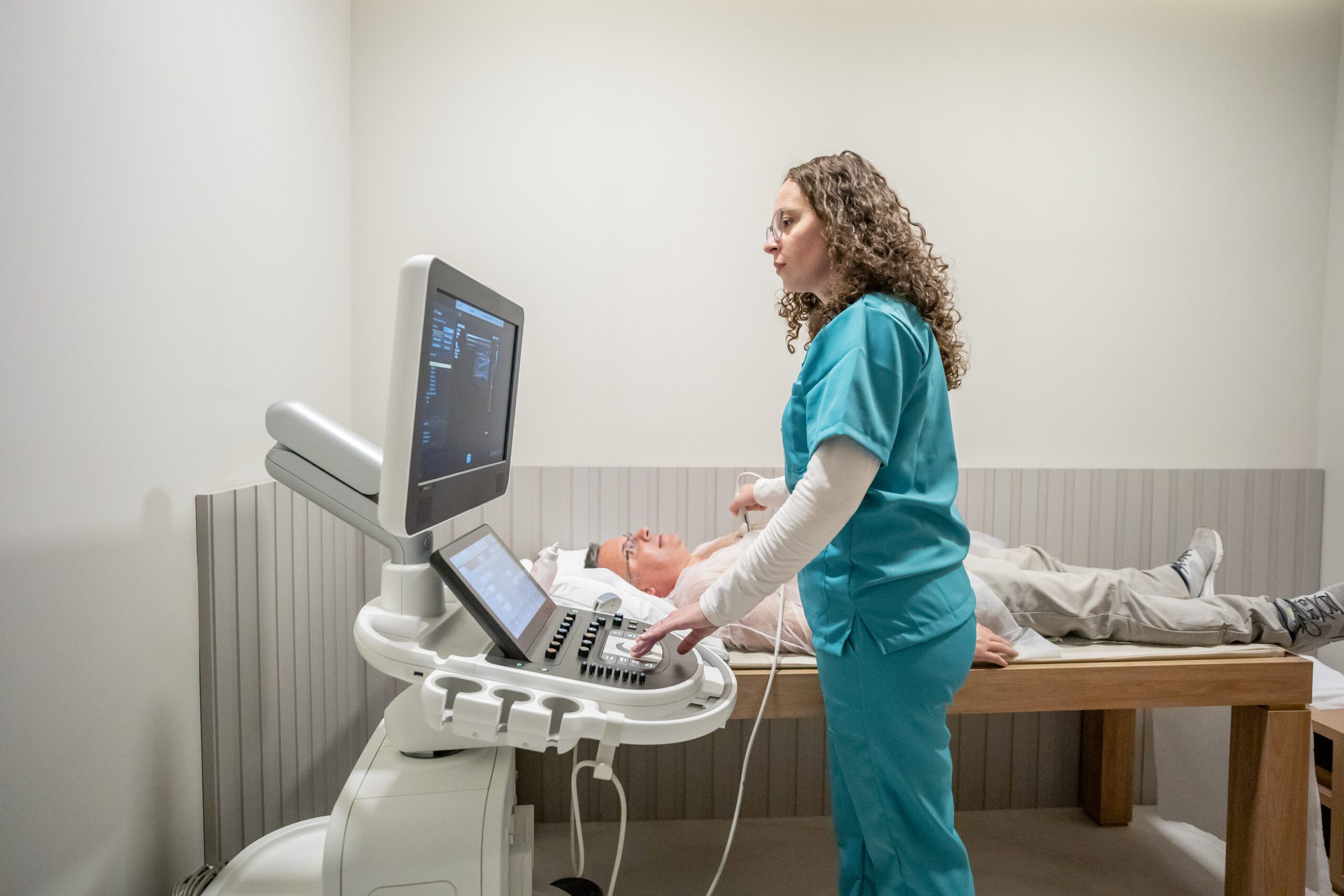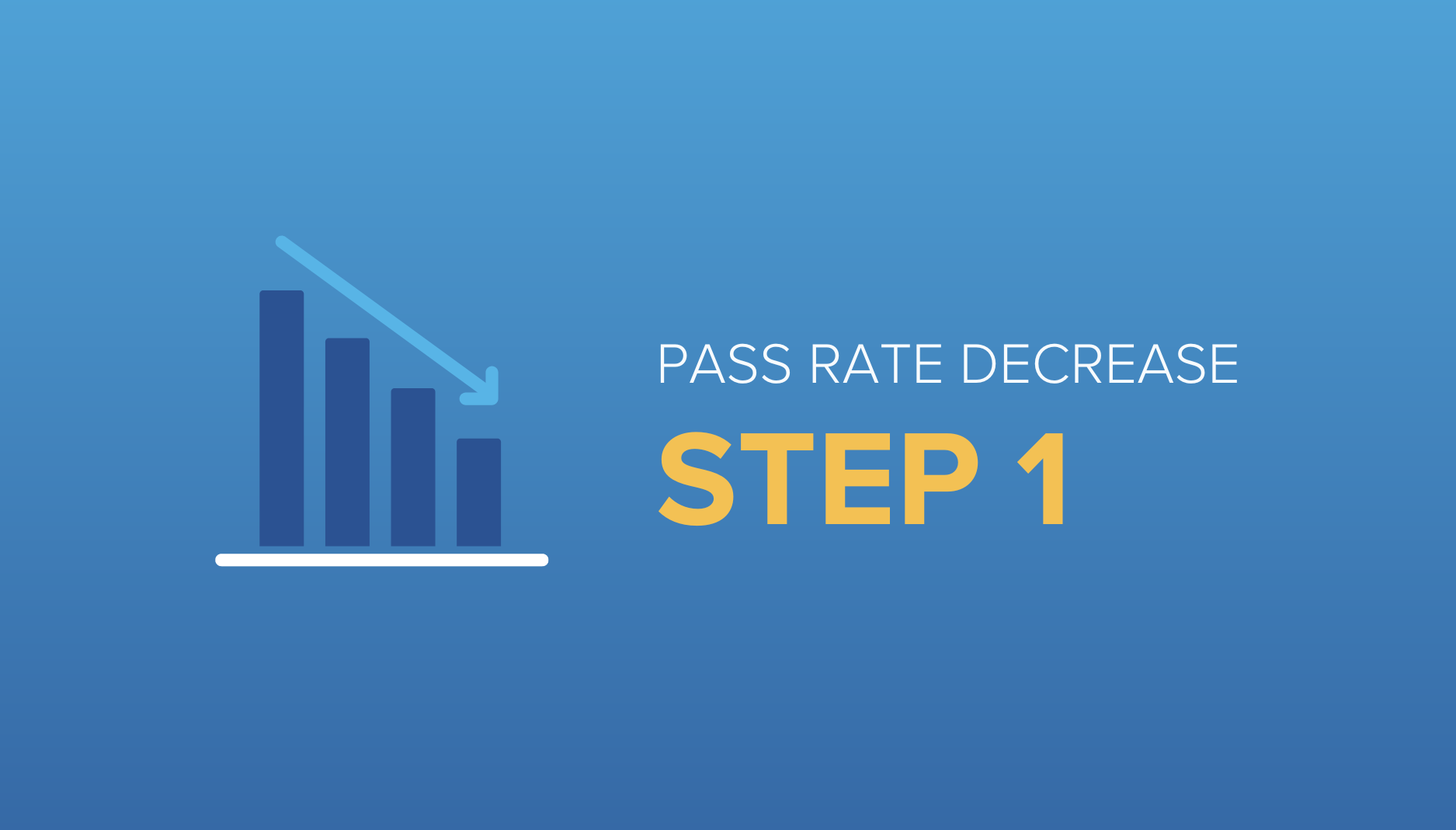Situational awareness is defined as conscious knowledge of the immediate environment and the events that are occurring in it—or, as stated in Endsley’s situational awareness models, “the perception of the elements in the environment within a volume of time and space, the comprehension of their meaning, and the projection of their status in the near future.”
In this post, we’ll explore what situational awareness is, how to use this model while interacting with patients on rotations, and the importance of situational awareness in healthcare.
What Is Situational Awareness?
Situational awareness began as a foundational theory used for making sound decisions in military planning, law enforcement, and aviation. Healthcare practitioners have since adopted it to promote effective leadership, communication, and better patient outcomes. From Endsley’s models, situational awareness can be broken down into three levels: 1) perceiving your environment, 2) comprehending the meaning of the information obtained, and 3) determining events or actions in the future.
A lack of situational awareness when doing a procedure or taking care of a patient can be detrimental to overall patient management. This can result in a serious compromise of patient safety, so having good situational awareness in healthcare settings is of the utmost importance.
Case Study: Situational Awareness in a Healthcare Setting
Let’s look at an example that demonstrates the importance of situational awareness for healthcare practitioners. Imagine you see a postoperative patient on morning rounds, and instead of her being her usual perky self, she is somewhat lethargic. She had an intermittent dip in blood pressure overnight, but the team assumed it was because she had been asleep and ignored it. Additionally, she was slightly tachycardic, but they thought it was because she hadn’t had her pain medication that morning. Otherwise, everything seemed fine. The patient had no abnormalities in her labs and her progress was good.
And then suddenly, she took a turn for the worse. The team had to play catch up and stabilize her—tt turned out they had ignored subtle clues that there was something wrong. They assumed there were simple explanations for her lethargy, the changes in her blood pressure, and the tachycardia. The team had tunnel vision, and now, the patient was in trouble.
Of course, this crisis could have been avoided if the team members had paid more attention. In situations like these, the entire medical team has a responsibility to notice small details and further investigate them, rather than simply dismissing them. Had one of the practitioners demonstrated more situational awareness, the patient emergency could have been avoided altogether.
Why Is Situational Awareness Important During Clerkships?
Why is it important to learn about situational awareness as a medical student? Considering you want to succeed in your clerkships, patient safety and progress must be of utmost importance to you. Honing the skills necessary for situational awareness will help you identify subtle cues in your surroundings which may help prevent patient demise if addressed appropriately and in a timely manner. Do not let obstacles prevent you from acquiring situational awareness, because the health of your patients depends on it!
Yet another example comes to mind to enlighten the importance of situational awareness during clerkships and speaking up when a potential error is identified: during your surgical clerkship, going to the operating room and scrubbing cases is considered a part of the rotation. During one of the OR cases, you are asked by the team to drop your gown and gloves onto the sterile field. While attempting to open your gear in a sterile fashion, you manage to contaminate the field entirely. Everyone else in the room is busy getting the patient prepped and ready for the procedure and therefore, they do not notice your mistake.
Your training and understanding of situational awareness should help you immediately identify and act on your error. You should make the whole OR team aware of your mistake so they can rectify the situation in time so as prevent further patient complications and encourage patient safety. A lack of situational and self-awareness, in this case, can lead to patient harm and potentially patient demise.
How to Improve Situational Awareness During Clerkships
As our examples demonstrate, it is crucial for medical practitioners to practice situational awareness at all times. But how does one go about developing this skill? During your clerkships, keep the following areas in mind to make sure your awareness is up to speed in all scenarios.
1. Conscious Self-Awareness
Situational awareness begins with self-awareness. Developing your self-awareness begins with critically evaluating your strengths and weaknesses—do you tend to have tunnel vision? Or maybe you often assume you know why something is happening, without investigating to make sure? Knowing these kinds of things about yourself is key to becoming self-aware, and therefore, situationally aware during patient interactions.
2. Observation
Another critical component of situational awareness is simply being more observant. It is important to watch routine and uncommon events alike to learn how to react to them. This will lead to better patient outcomes, satisfaction, and safety.
3. Foresight
Be able to identify potential threats during patient scenarios by staying knowledgeable about the case at hand. This will help you anticipate any situation and prepare for it.
4. Task Limitation
In addition, make sure to minimize task overload and be mindful of fatigue, which can lead to complacency. If you feel you are not able to keep up with the tasks required of you during a patient scenario, speak up immediately to make sure you do not find yourself in a situation where errors are likely.
Working on these four skills can not only help strengthen your situational awareness but also can encourage more teamwork. Failing to demonstrate them can result in confusion, a lack of communication, and ultimately team errors that can impact patient safety.
Put your knowledge to the test with this FREE shelf exam practice quiz of the most commonly missed shelf questions from the Rosh Review Shelf Exam Qbanks (one for each specialty)! How many questions can you get?
3 Clerkship Pitfalls to Watch Out For
As a medical student developing your situational awareness, there are a few obstacles you may face while developing this skill. These include:
1. Ignorance
This can be ignorance of the concept of situational awareness altogether, how to practice it, or a lack of knowledge about why it is a necessary skill. Work on developing your understanding of what situational awareness is, and how a lack of it can negatively impact patient care.
2. Denial
This can be a form of thoughtlessness or a simple refusal to face the possibility that a threat exists. Don’t just ignore the signs that something is wrong, or dismiss them with explanations that may not be completely accurate. Denial can place your patient in danger and prevent them from receiving proper care.
3. Distraction
Misplaced attention to less important details can happen in healthcare settings, and it must be rectified to avoid potential errors. Put anything not related to your patient’s health on the back burner—it can wait.
Further Reading
In conclusion, situational awareness is of utmost importance in healthcare and must be intentionally practiced at all times to ensure patient safety and well-being. Especially for medical students on rotations, it’s important to start learning this skill early to improve patient outcomes for the rest of your career.
If you’re interested in learning more about how to develop your skills on rotations, check out these other Blueprint blog articles!






